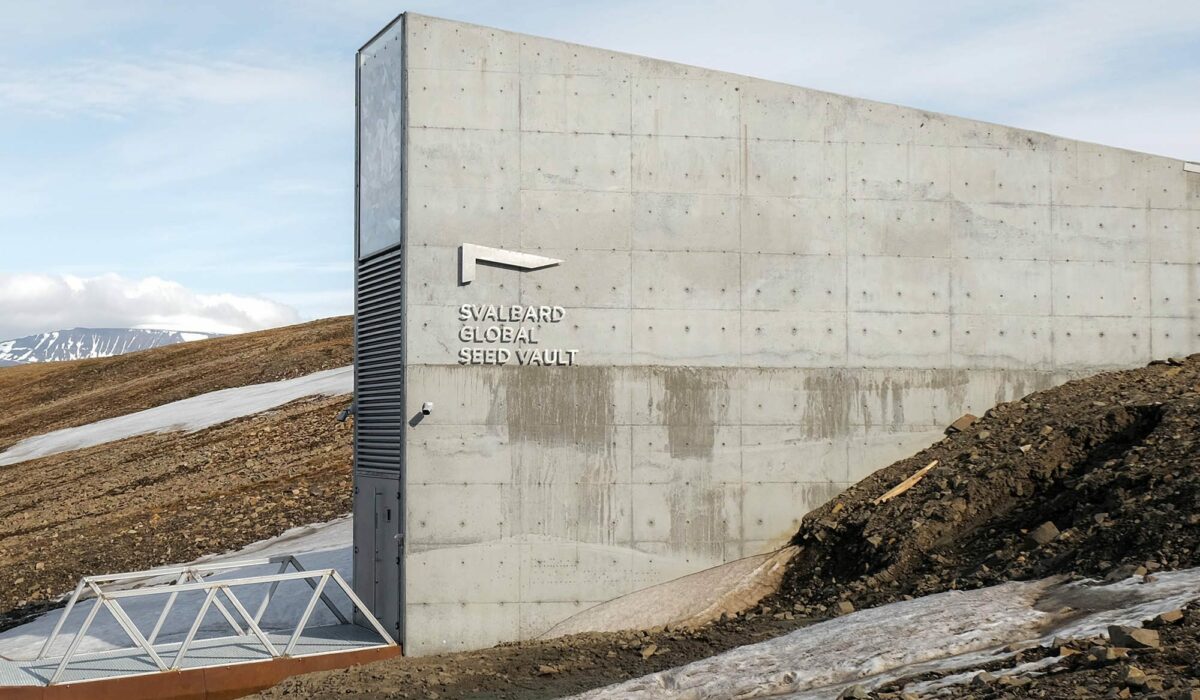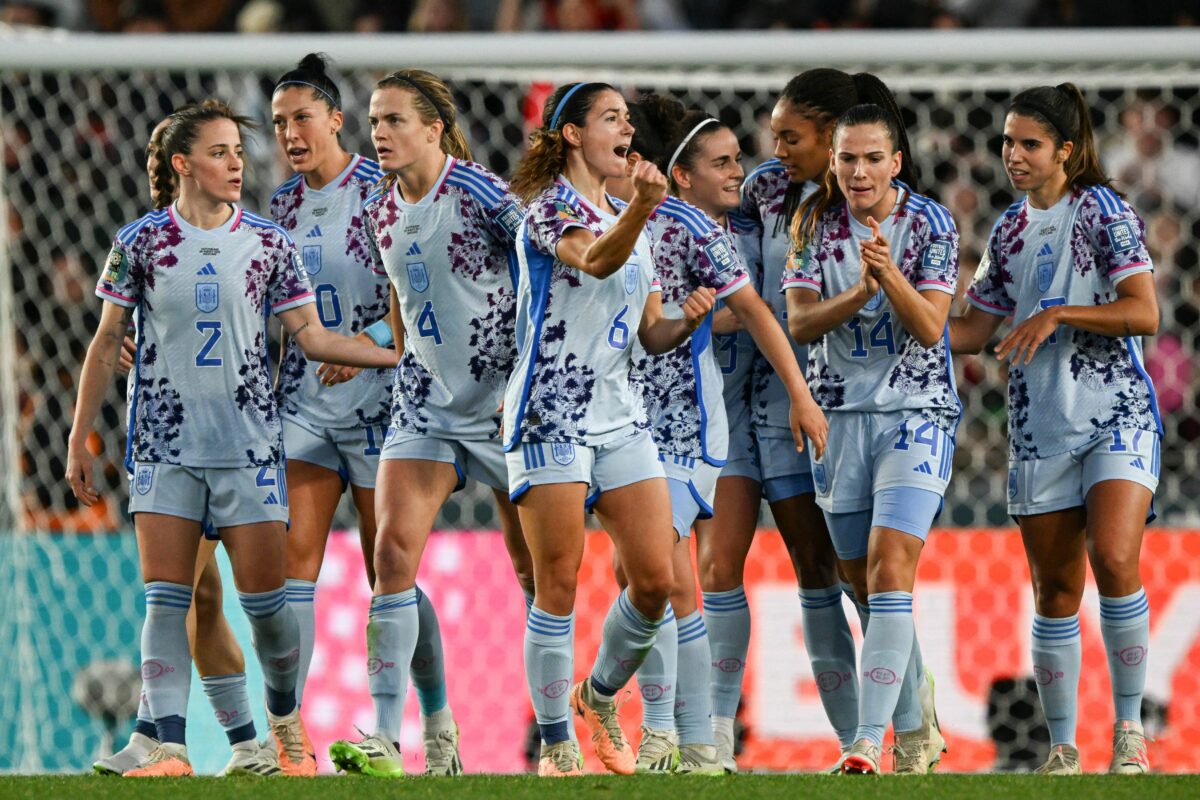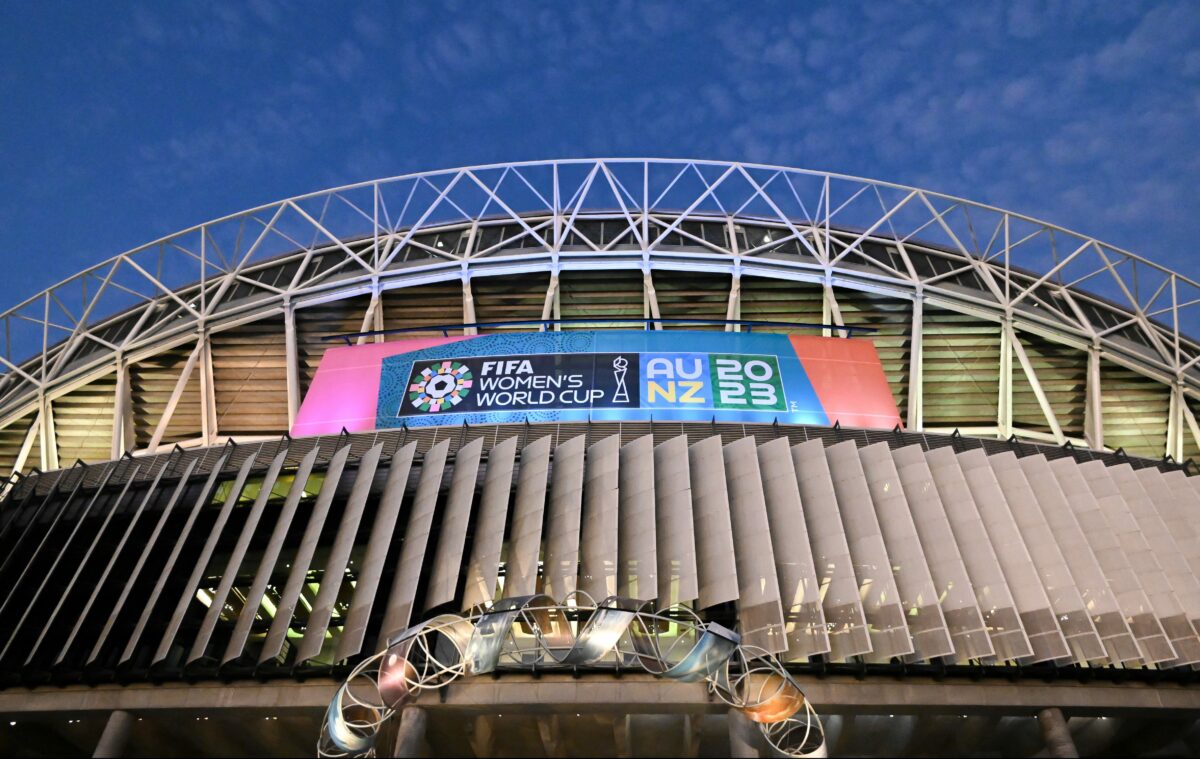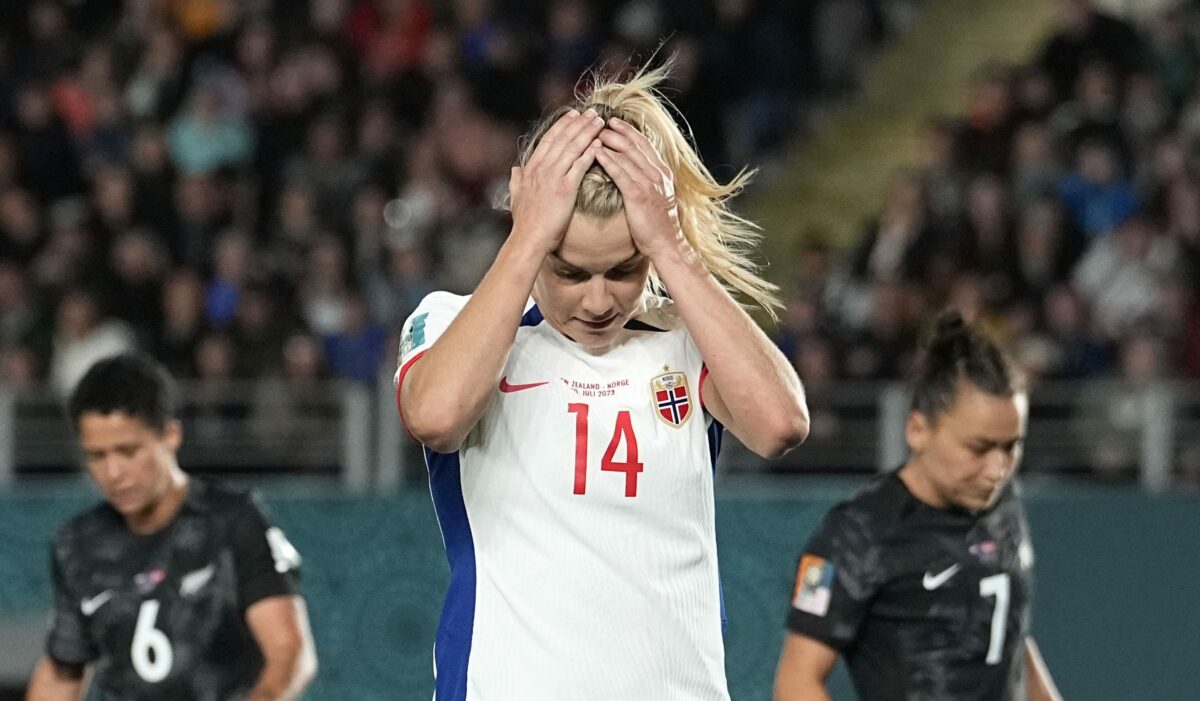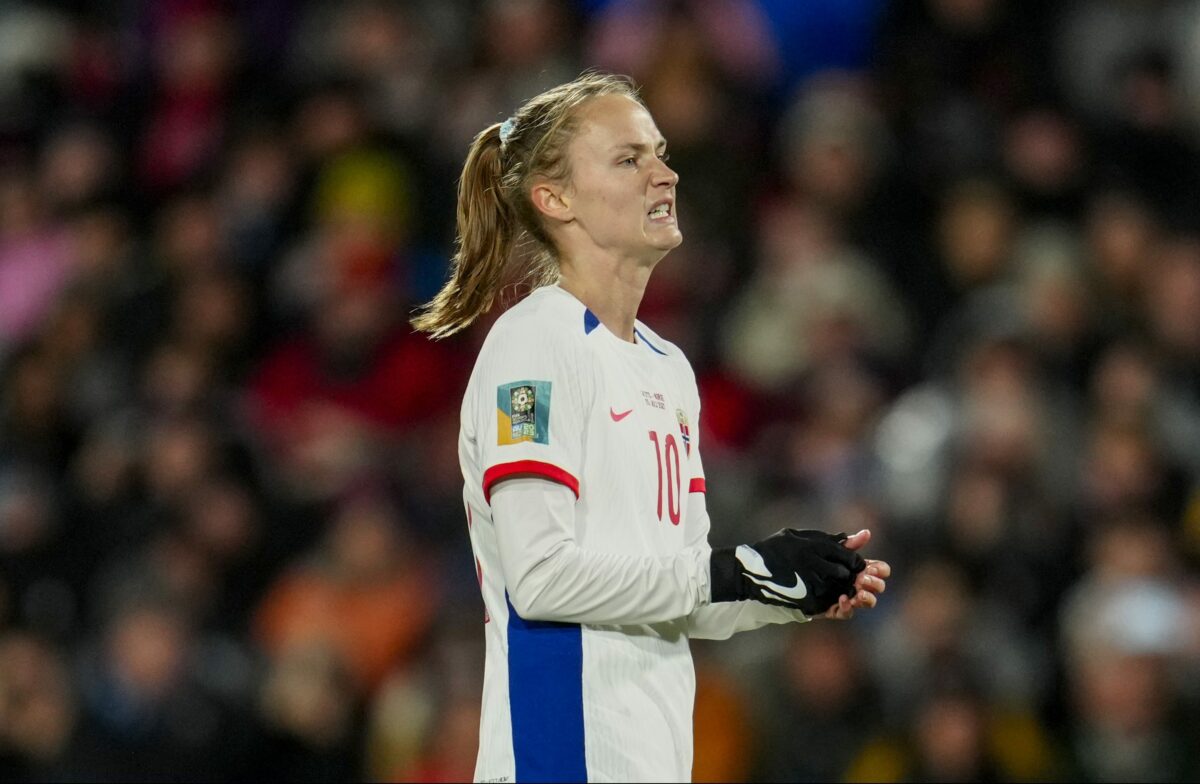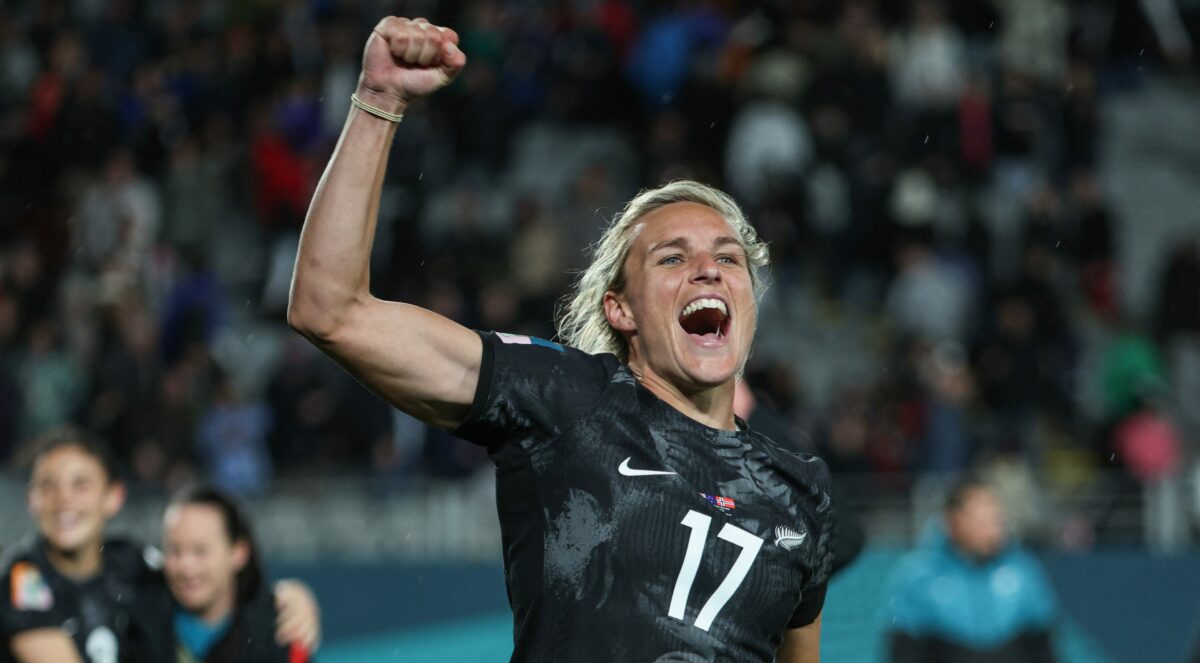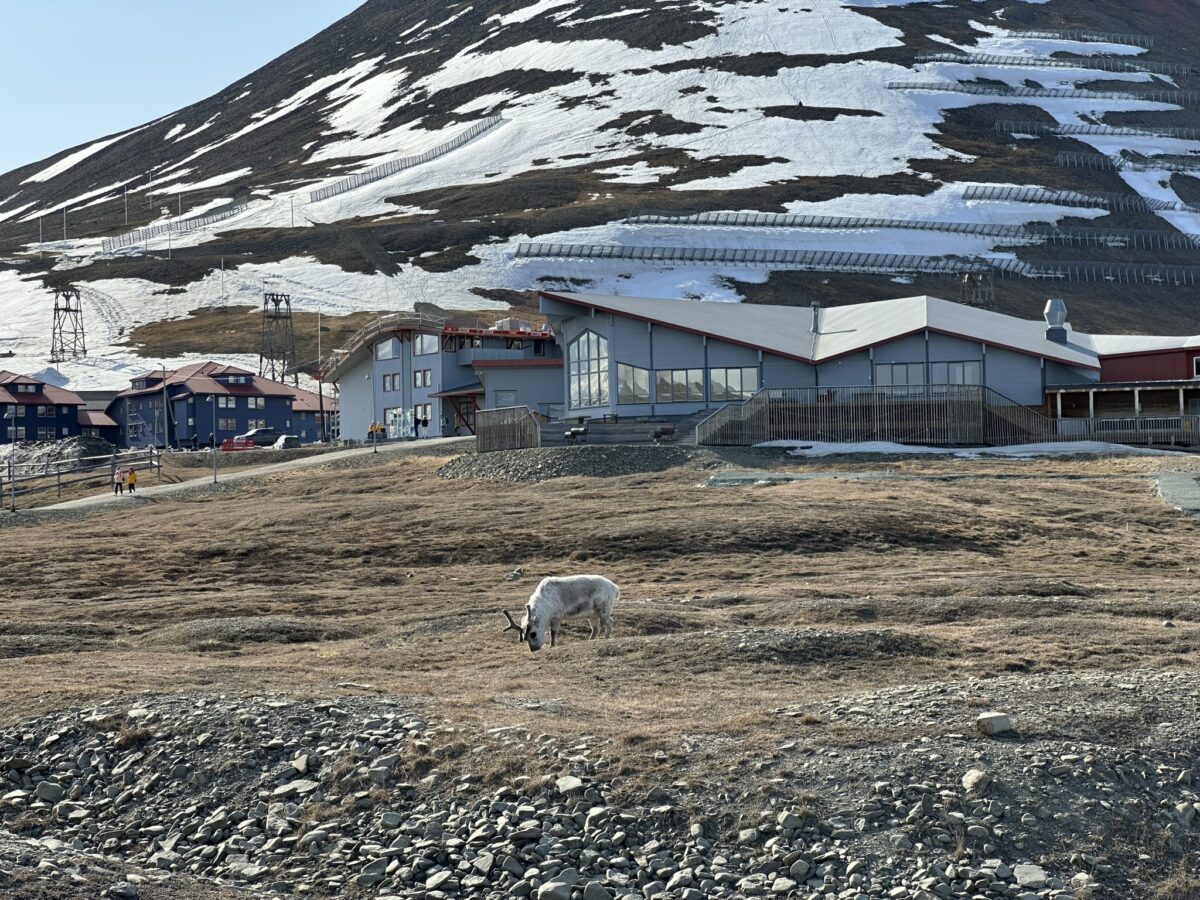As Cabot has expanded in the past several years from its roots with two courses in Nova Scotia into a global operator with resorts stretching from Europe to western Canada, there have been long summer nights when the sun never sets on the Canadian-based company.
That’s now more true than ever.
Cabot will announce this week that it is investing in Lofoten Links in Gimsøysand, Norway, one of those mind-bending locations for golf with a rugged seaside layout that has earned a spot on plenty of traveling golfers’ bucket lists. The course ties for No. 72 on Golfweek’s Best ranking of international courses.
During the summer, the sun never drops below the horizon at Lofoten Links, which is nearly 100 miles north of the Arctic Circle and flush against the Norwegian Sea. Twilight simply rebounds into morning for golfers with the stamina to keep swinging, and the course is open 24 hours a day in June and July.
“Having played golf there a couple of times, teeing off just before midnight, it’s just one of those experiences that I think every golfer should aspire to have in their lifetime,” said Ben Cowan-Dewar, co-founder and CEO of Cabot. “If you’ve had a taste of it, you’re keen to go back.”
But don’t confuse Lofoten Links as some sunshine gimmick. Originally opened in 1998 as a six-hole layout, the course has been expanded by architect Jeremy Turner, reaching a full 18 in 2015. Built on an old Viking site with two Viking graves on the course, it’s as mind-bending and extreme a golf environment as might be imagined. The coastal holes in particular are lined with rocky outcroppings, the links having been carved into stone.
“I was there five years ago and sort of fell in love with the property and the destination,” Cowan-Dewar said. “I mean, it’s just such a beautiful sight. … It’s a course that has gained a lot of recognition globally and for great reason. I think the chance to be a part of it just felt too good to be true.”

Cowan-Dewar has overseen Cabot’s rapid expansion from its Cape Breton foundations in Nova Scotia to include ownership of courses at several far-flung points. The company’s properties now include Cabot Saint Lucia in the Caribbean, Cabot Citrus Farms (formerly World Woods) in Florida, Cabot Bordeaux (formerly Golf Du Médoc Resort) in France, Cabot Highlands (formerly Castle Stuart) in Scotland and the in-development Cabot Revelstoke in western Canada.
Cowan-Dewar said Cabot will work with Lofoten Links’ current ownership group, led by founder Frode Hov, whose family has owned the land for more than 400 years. Cowan-Dewar and Hov discussed a possible partnership several years ago, but talks ceased during Covid. With global golf travel buzzing these days, Cowan-Dewar said now is the right time to invest in such an off-the-beaten-path location – similar in that regard to Cabot’s courses in Nova Scotia.
“For us now, it’s really about making the investment work with their team and just trying to help them realize the full potential of their amazing asset,” Cowan-Dewar said. “Frode will still be very much involved and will oversee things on a day-to-day basis.”
Lofoten Links will retain its name without Cabot branding at least for the foreseeable future, different than the company’s other owned and operated properties that carry the company’s name. The property currently has several nearby lodges for guests, and Cabot is likely to help expand on accommodations.
Lofoten’s golf season runs from May until the middle of October, and with plenty of hiking and kayaking available plus the frequently brilliant displays of the northern lights a powerful attraction, it won’t be just golf filling the rooms. Golfers who want to see the northern lights must plan accordingly, with the nightly shows beginning in mid-August after the sun begins again to dip below the horizon toward the end of summer.
Could there be more golf in the works at Lofoten? Mike Keiser, the founder of Bandon Dunes Golf Resort and an early investor in Cabot, has said many times about the number of courses available that one plus one equals three when it comes to developing a far-off golf destination.
“To get to that formula, first you need one course, and Lofoten has a great one,” Cowan-Dewar said. “That’s always the hardest part. I think there is a potential for more golf, and I think that’s one of the things we’ll certainly look at. I think there is an opportunity. We really just want to see the first course reach its whole potential and then be able to go from there.
“I think the setting is truly otherworldly. … It’s just about building on top of what is just an extraordinary foundation.”
Check out a selection of images by international golf photographer Jacob Sjoman below:
